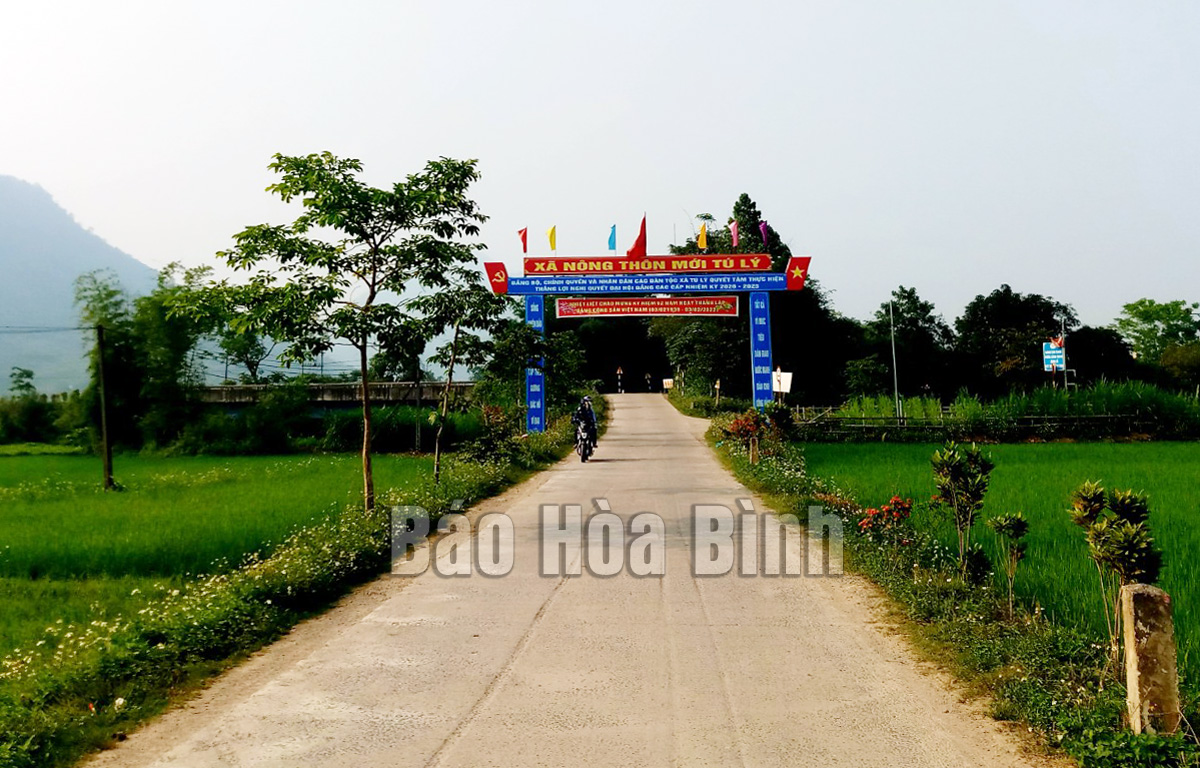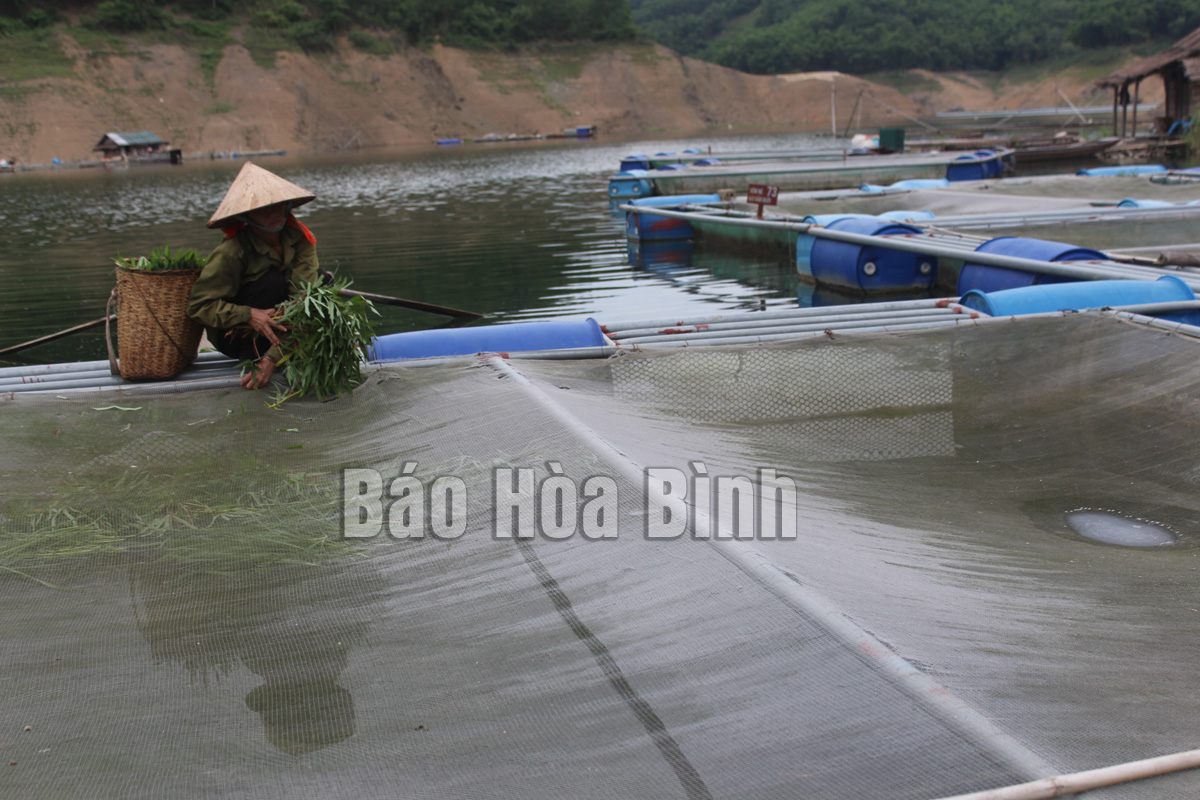
(HBO) – Over the past years, localities in Hoa Binh province have mobilised resources to carry out a project on consolidating rural roads, contributing to implementing the national target programme on new-style rural area building.

The road in Tu Ly commune, Da Bac district, has been paved, meeting the
new-style rural area criterion.
All communes in the province have so far built
roads that can accommodate cars and run to commune centres. The province has
about 9,500km of roads, of which more than 6,500km are concrete or asphalt
roads. Meanwhile, all district roads and 87% of commune roads have been paved.
Thanks to resources from the national target
programmes on new-style rural area building, and on sustainable poverty
reduction, and the project on consolidating rural roads, 78 out of 129 communes
in Hoa Binh have satisfied the second criterion relating to transport in
new-style rural area building.
Under instructions of the provincial People’s
Committee, more attention has been paid to road management and maintenance.
Communes and hamlets have planted flowers and trees along roads, giving a
facelift to rural areas.
Localities have also stepped up cage fish
farming, with 4,850 cages built on a water surface area of 2,700 hectares.
Over the past years, many households in Suoi Hoa commune, Tan Lac district,
have invested in cage fish farming to raise their income.
In the first nine months of this year, Hoa
Binh’s aquatic output was estimated at 9,169 tonnes, of which 7,668 tonnes were
from cage aquaculture. Localities have worked to prevent diseases for cage
fish.
Meanwhile, fishing activities mainly take place
on Hoa Binh Lake, and other big lakes, rivers, streams and reservoirs.
Hoa Binh counts 1,470 boats of different kinds
and other fishing tools./.
Hoa Binh province is undergoing a dynamic transformation amid Vietnam’s national digital transition. Building on Poliburo’s Resolution No. 57-NQ/TW on breakthroughs in science, technology, innovation, and national digital transformation, the province has rolled out a wide range of practical action plans. A standout initiative is the "Digital Literacy for All” movement, an effort to ensure that no one is left behind in the digital era.
Hoa Binh province is undergoing a dynamic transformation in the wake of the national digital transformation movement. Building on Resolution No. 57-NQ/TW of the Politburo on breakthroughs in science, technology, innovation, and national digital transformation, the province has implemented a wide range of practical action plans. A standout initiative is the "Digital Literacy for All” movement ambitious effort to ensure that no one is left behind in the digital age.
With a spirit of unity and proactive problem-solving, the Party Committee, the government and the people of Dong Lai Commune (Tan Lac District) have made great strides in implementing the resolutions of the 24th Party Congress of the commune for the 2020 - 2025 term. Focusing on leadership and practical actions, the commune has brought the Party’s resolutions into daily life, creating strong impacts and pushing the local development forward.
Amid the nationwide push for digital transformation, young people in Hoa Binh Province are stepping up as dynamic pioneers, applying technology to enhance Youth Union operations and expand the reach of youth-led initiatives. Through creativity and adaptability, Youth Union organizations at all levels have introduced a series of practical solutions, contributing to modern governance and community development.
In recent years, An Nghia commune, located in Lac Son district, has stepped up administrative reform, focusing on improving the quality and efficiency of its single-window service unit for receiving and processing administrative procedures. These improvements have helped create favourable conditions for local residents and organisations to handle administrative procedures, contributing to the commune’s broader socio-economic development.
The Prime Minister-approved master plan to develop the multi-use value of forests ecosystems through 2030, with a vision to 2050, aims to improve the management and sustainable use of forest resources, create jobs, increase incomes, and improve the living standards of ethnic minorities, people in mountainous and remote areas, forest workers and those living near forests.




